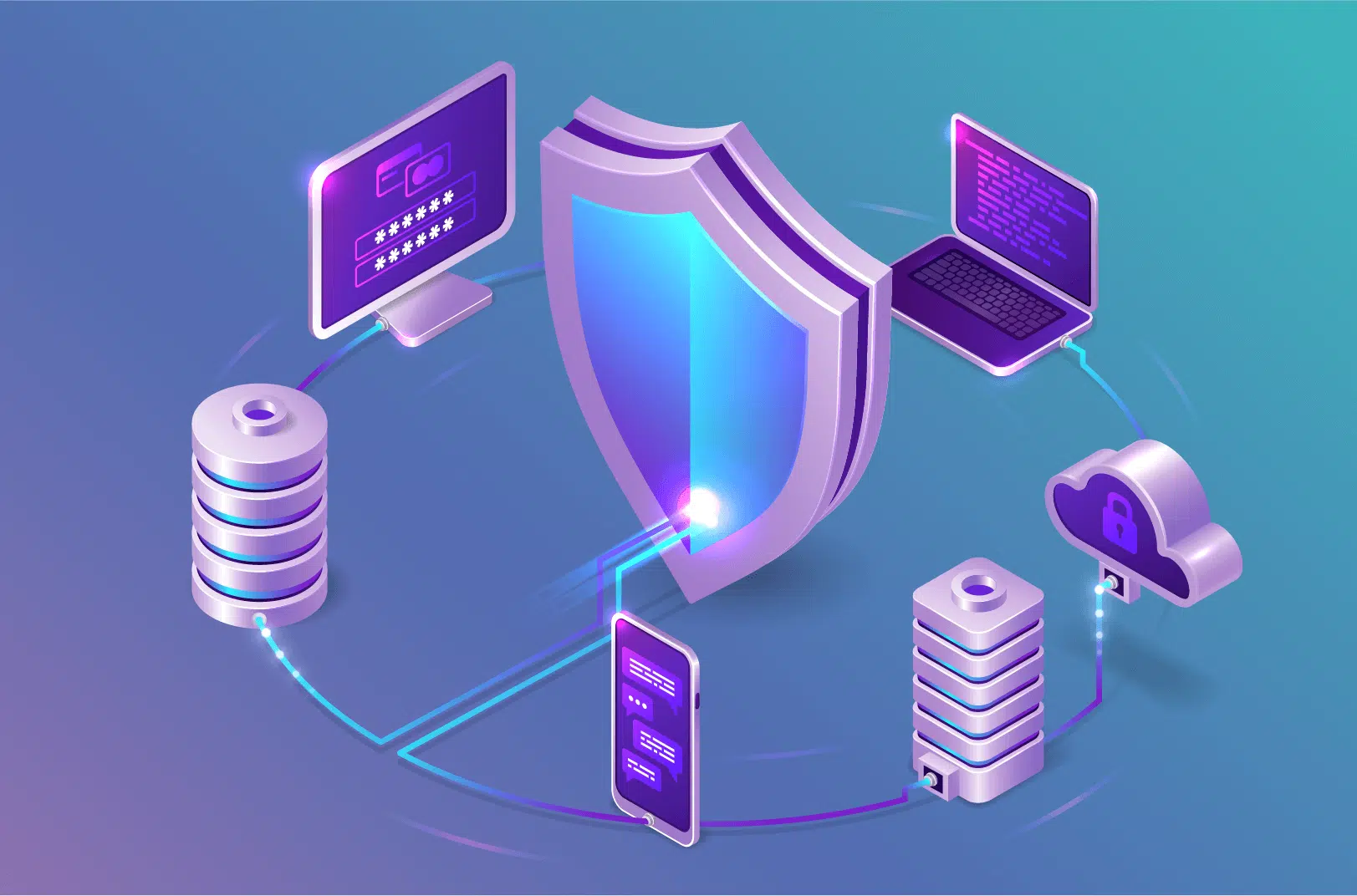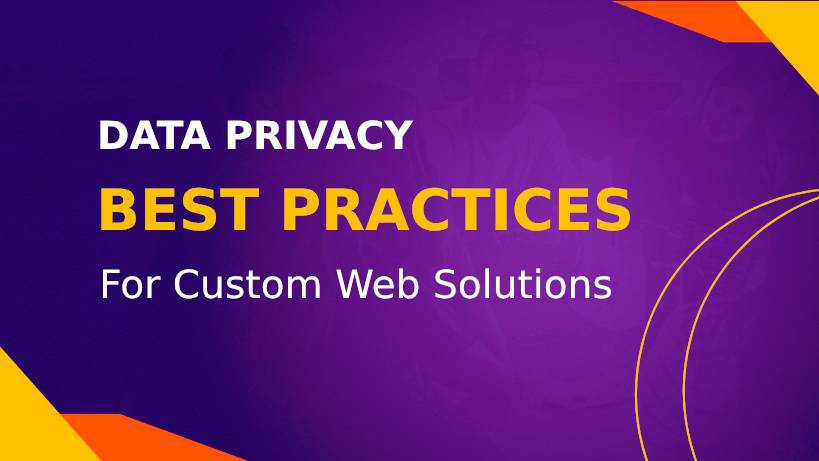
Securing your website can be tricky, but we're here to make it easier. We'll explain how to keep your website safe, what dangers to watch out for, and how to stop cyber attacks.
To keep your website safe, you need to protect it from different kinds of harm that hackers can do. Depending on how big your website is, this might mean using cloud security, securing your web applications, using a VPN for protection, making sure your web provider account is secure, or having a plan for if something goes wrong.
Even big companies with lots of cybersecurity experts get attacked a lot. But smaller companies are at risk too, and they might not have as many ways to recover if something bad happens.
It's important to work hard to keep your website safe, but it's also crucial to have a plan for what to do if you get attacked. That way, you can limit the damage and keep your business going.
Create your secure website to bring your brand to life. You can design it yourself, connect it to your domain, see who's visiting, and make it easier for people to find on search engines. Here are some of the best practices for Web Security:
Keep software and security patches up-to-date
Make sure to update all your software regularly. Many website attacks happen because of vulnerabilities in the Content Management System (CMS). Some well-known CMS examples include WordPress, Joomla, and Magento.
Turn on notifications so you'll be alerted when companies like Microsoft, WordPress, or other software vendors release updates or security fixes. These updates often come out when they find a new problem, so it's important to act fast.
Require complex passwords and frequent changes
Using a strong password that you change regularly is one of the simplest and best ways to keep your website safe. A good password isn't just letters; it should also have numbers, symbols, and a mix of upper and lower case letters. Make sure it's not related to any personal information.
If you can, use multi-factor authentication too. It might be a bit annoying, but it's even more annoying for hackers and bots trying to break into your website.
Change default settings
When you first get a new software or hardware product, the settings are usually the same for everyone who buys it. That means other people using the same stuff as you might know your login details. So, as soon as you install something new, make sure to change your login information right away.
Restrict administrative privileges
It's easier to manage things when fewer people have admin access. If someone leaves your company, especially if they were let go, make sure to check their user permissions or disable their account right away.
Not everyone who works on your website needs to have admin privileges. Give people the access they need for their specific tasks. If someone needs temporary access for a special project, you can always add those rights later.
Add SSL and HTTPS
Mailchimp's website builder offers a feature to add encryption using SSL certificates, which helps protect financial transactions. HTTPS, or hypertext transfer protocol secure, is a type of encryption that safeguards sensitive data, such as financial or medical records, when it's being transferred online.
Backup your files
A secure website is one that's backed up regularly. Having backups ensures you can quickly recover from any cyber attack. Mailchimp's website builder lets you set up automatic backups, which is highly recommended because it's easy to forget to do it manually.
It's crucial to keep your backup files in a secure place separate from your website files. If a hacker gets into your web account, they could also access your backups. Storing your files offline provides an extra layer of protection. If your files are encrypted by hackers, you can restore them yourself instead of paying a ransom.
Use a web application firewall (WAF)
To safeguard your website from threats like cross-site scripting and SQL injection, consider using web application firewalls (WAF).
A WAF acts as a protective barrier between your web applications and the internet. It keeps an eye on all the HTTP traffic trying to access your web app, and it stops any attempts to exploit vulnerabilities.
Especially for e-commerce sites that handle sensitive cardholder data, using a WAF can help you fulfill specific compliance standards.
Implement multi-factor authentication (MFA)
Adding multi-factor authentication (MFA) gives your data an extra layer of protection. Along with your password, you'll need another form of verification, like a one-time password, QR code, or a notification on your phone, to log in to your apps and accounts.
Even if a hacker gets hold of one of your credentials, they'll likely be deterred by the MFA process. Prioritize encrypting your data to boost your website security.
As a website owner, especially if you run a small business, it's vital to make your data as unattractive and hard to access as possible. Even basic security tools and enhancements can make a big difference in creating a secure site.
Use a Content Delivery Network (CDN)
Although content delivery networks (CDNs) are commonly used to enhance website performance, the appropriate CDN can also enhance website security by providing DDoS protection.
Designed to manage substantial traffic volumes, a CDN can redistribute the sudden surge in traffic associated with a DDoS attack. Consequently, your origin web server remains operational and doesn't become overloaded.
Limit sensitive information collected and stored
Businesses often require collecting and storing personal data in their databases to operate smoothly. This may include names, addresses, social security numbers, credit card details, phone numbers, and passwords, which are crucial for various functions like payroll, order processing, and social media management. How do we ensure the security of this sensitive data?
Begin by organizing your databases to understand the type of information you possess, and dispose of any unnecessary data.
Moving forward, only retain essential information and ensure that all data is regularly backed up and encrypted. Additionally, implement a comprehensive privacy policy to address all aspects of data protection.
Educate and train employees on best practices
Whether your business relies on a WordPress or static HTML website, achieving website security goes beyond merely installing the right security plugins or services.
It's crucial for all your employees, regardless of their role, to grasp website security and data handling concepts. Consider investing in cybersecurity training for your staff, covering topics such as GDPR compliance and password management workshops. By prioritizing employee education, you can enhance overall website security.
Prepare a recovery plan before anything happens
Despite your best efforts to maintain website security, cybersecurity attacks can still occur. It's important to have a recovery plan in place just in case. Regularly train your team on the plan to ensure everyone knows what to do if an attack happens.
Website security requires ongoing attention as new vulnerabilities emerge regularly. If a breach occurs, focus on getting your website back online promptly. Once your business is operational again, assess what happened and take preventive measures to avoid future incidents.
Create your own website to showcase your brand. Build it from scratch, connect your domain, analyze visitor traffic, and optimize it for search engines. With Mailchimp's free website builder, you can bring your vision to life in less than an hour.
If you're looking to ensure your website's security, our team at Anchor Points is here to help. Contact us today to take the first step towards a secure and protected online presence.



